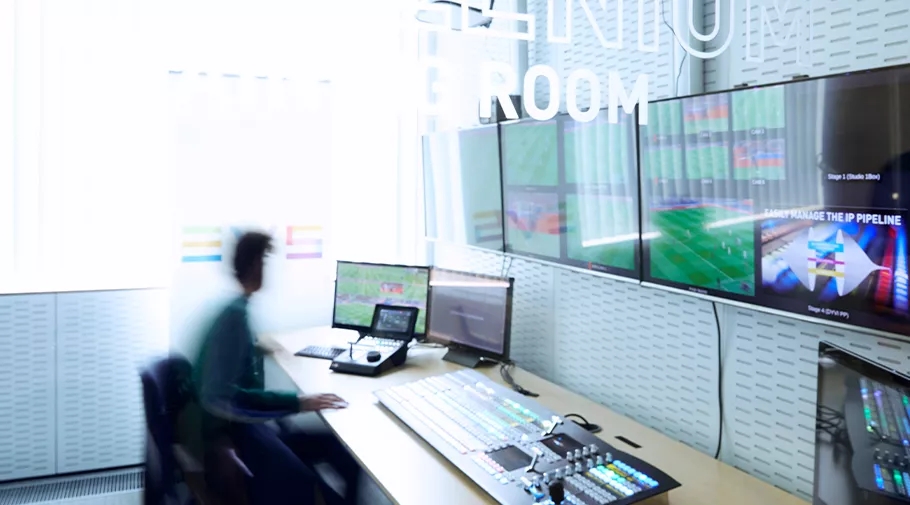LiveCeption Technical Training Tier 2
- Type

Training details
- Product Multiple products
- Category Workflows
2 days
English
This course is for engineers with on-the-field broadcasting experience that need to learn more about EVS technology and products involved in the LiveCeption solution. The objective of the training is to prepare them to deliver Tier 2 support tasks that include installation, configuration, monitoring and troubleshooting. Support procedures will also be included to enable the engineers to introduce issues by gathering relevant information and sharing it with EVS support teams
Technical managers and broadcast engineers with EVS experience
Have relevant broadcast experience in a technical function and attended the Basic Technical Training (Tier 1)
- Live Production Servers
• Refresher on the server hardware and software basic concepts
• General configuration: description of the different possibilities to configure the server (XNet monitor, web interface, console mode) and the different configuration tabs of the interface (general presentation and navigation, settings of the various tabs – server, channel, network, monitoring, protocols, GPI, Operations)
• LiveIP Configuration: description of the LiveIP interface and different settings
• XHub-VIA installation and configuration
• Description of some other advanced functions: debug pages from the console, Openmetrics monitoring
- LSM-VIA
• Refresher on the LSM-VIA basic concepts
• Description of the setup, architecture and connectivity
• LSM-VIA startup and overview of the technical settings
- XFile
• Basic operational overview and description of the different modes (backup, restore, streaming, media management)
• Presentation of system and session configuration
• Description of transcoding and configuration possibilities
• Description of the monitoring mode: jobs zone, jobs statuses and priorities, database maintenance
- VIA Xsquare/XTAccess
• Introduction and refresher of VIA Xsquare (main functions, concepts and terms, architecture XTAccess / VIA Xsquare, interface)
• VIA Xsquare configuration (orchestration and clustering rules, job templates, source/destination, encoder/wrapper profiles, icon and labels, scanfolders, dual orchestration and target configuration, …)
• Description of user, access and roles administration
• Service monitoring and troubleshooting
- Support processes
• Provide an in-depth description of the tools used for customer support (production reports, customer database, customer support tool, EVS knowledge base) as well as related procedures
• Description of the information to collect
• Description of ticket creation process on the Customer Portal
• Follow-up on tickets